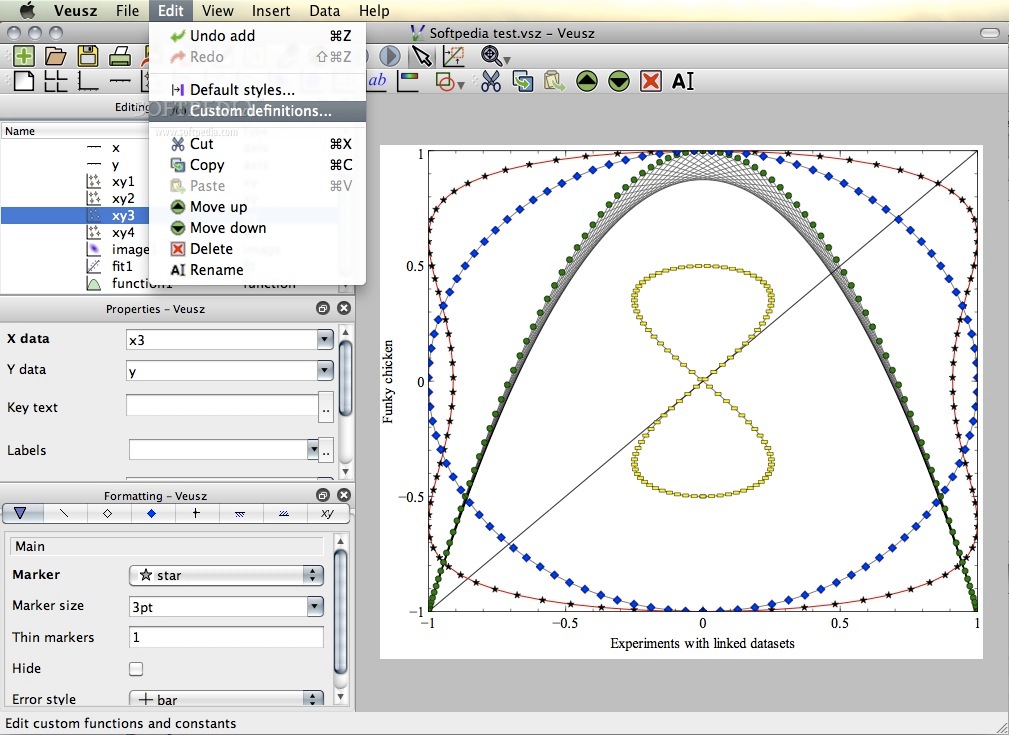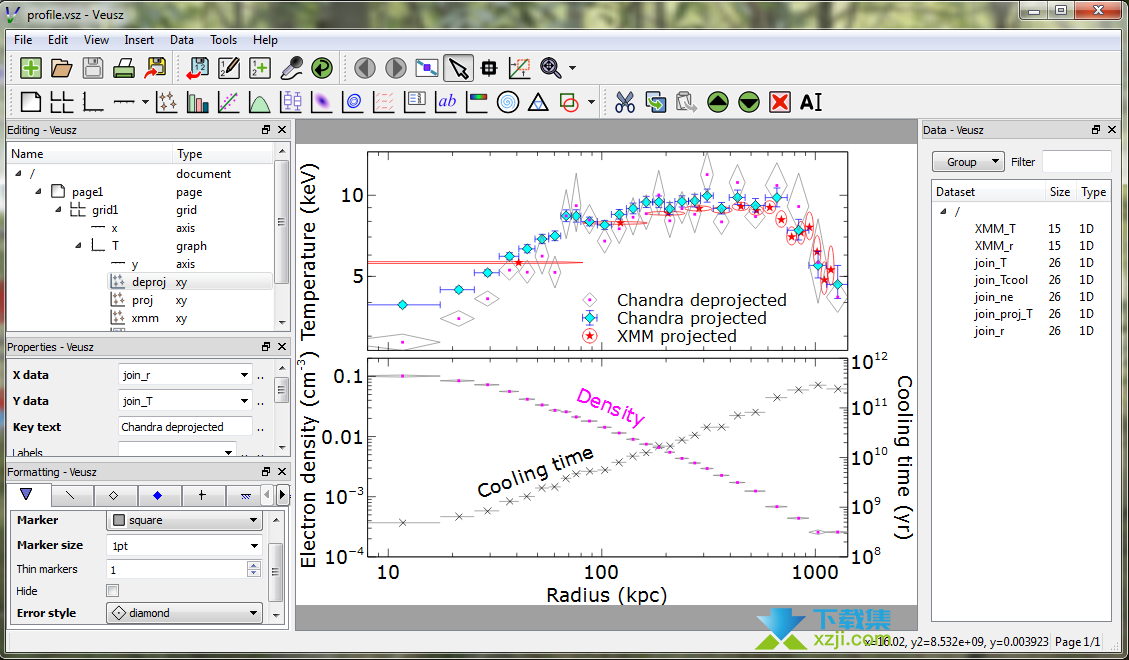
Thus, it may be assumed that these alterations of neuromuscular activation contribute to the persisting mid- and long-term functional performance deficits. An altered neuromuscular activation pattern reflected by the augmented tibialis anterior muscle and soleus muscle co-contraction index has been shown to be present. Additionally, studies reported less plantarflexion and increased dorsiflexion during gait which was linked to tendon stiffness and elongation. Further analysis has shown that the repaired Achilles tendon is compliant, but that greater strain results in less effective energy storage, e.g., during hopping tasks. Primarily an increased muscle activity and activation ratio on the injured side has been described during various tasks. The reasons behind these performance deficits may primarily be found in the tendon healing itself however, the neuromuscular impact on these deficits has rarely been investigated. Furthermore, of those that return, many show a reduced performance level in the first year after returning to sport or even longer. Level of evidenceĪchilles tendon rupture is a severe injury to any athlete and, regardless of the treatment, only about 70% achieve a return to preinjury athletic level. The observed alterations may be related to an increased recruitment of type II muscle fibers which could make the muscles prone to fatigue. These complex neuromuscular changes are manifested to produce the maximum force output whilst protecting the previously injured tendon. The results of this study provide evidence on the neuromuscular changes 3.5 years following open surgical Achilles tendon repair. Gait analysis revealed a higher pre-activation of the tibialis anterior before ground contact, while medial and lateral gastrocnemius muscles of the injured leg showed a significantly higher activation during push-off phase.


Further analysis of frequency of fast Fourier-transformed EMG revealed a significantly higher median frequency in the injured leg. revealed a significantly higher activation.

Dynamic heel-rise testing showed a higher activation in concentric and eccentric loading for all posterior muscles on the injured side (not significant) while static heel-rise for 10 sec. Resultsĭuring isokinetic testing, we observed a higher activation integral for all triceps surae muscles of the injured side during active dorsiflexion, e.g., eccentric loading on the injured leg, while concentric plantarflexion showed no significant difference. The testing battery included isokinetic strength testing, bipedal and single-legged heel-rise testing as well as gait analysis. the contralateral healthy leg at a mean of 3.5 years following open surgical repair. In this study, the neuromuscular activation using surface EMG of n = 52 patients was assessed during a battery of functional performance tasks to assess potential alterations of muscular activation and recruitment. To assess whether the neuromuscular activation pattern following Achilles tendon rupture and repair may contributes to the observable functional deficits in this severe and increasingly frequent injury.


 0 kommentar(er)
0 kommentar(er)
